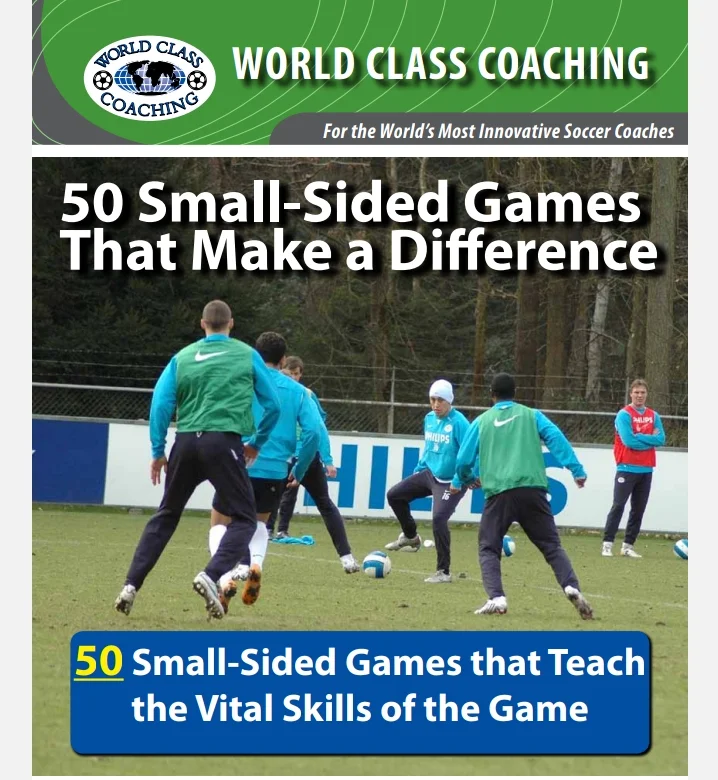50 Small-Sided Games that Teach the Vital Skills of the Game PDF
This collection of 50 small-sided games hand picked from the last 10 years of our books magazines and journals.
They are taken from training sessions that have been contributed by some of the worlds top teams and coaches like:
Manchester City, AS Cannes, PSV Eindhoven, FC Inter Milan, Juventus, FC Porto, Chelsea F.C., Newcastle United, Steve McClaren, Howard Wilkinson and many more.
The small-sided games are divided into five catagories: Warm-Ups, Conditioning, Crossing and Finishing, Shooting, Passing and Possession.
From this selection you could create a season’s worth of training sessions focused on games that will help teach the game.


Post a Comment